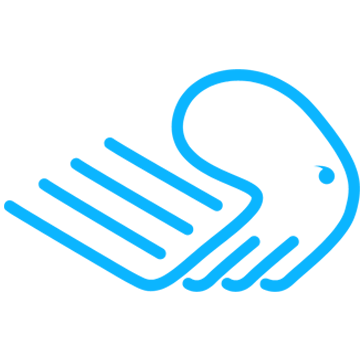
Create Websites with CHEETAH
Build websites with "Cheetah“
After we have seen how quickly you can create your own website from a suitable template from Builderall's template library, which definitely meets professional requirements, we now want to take a much more detailed look at the "Cheetah drag'n drop Sitebuilder". In addition to the necessary background information on the structure of websites, SEO and other related topics, the main goal is to quickly internalize the functionality of the web builder and to encourage you to "play" with the website editor. Because as soon as you are familiar with its basic functions, you will be able to handle this great tool intuitively to a large extent - even if you have had nothing at all to do with creating websites up to now. It will then be no problem for you, for example, to explore the meaning of the properties of the individual design elements yourself and then adjust them so that their appearance on the web page corresponds exactly to your ideas. And you will also realize that describing the many templates in the Banner Palette or the properties of the elements in the Elements Palette is much more difficult and time-consuming than their practical application...
Note: In the meantime, a variant for creating Wordpress websites is also part of the platform ("Cheetah for Wordpress"). Switching from Wordpress to Builderall should therefore no longer be an issue for a web developer...
The big advantage of a web building kit like "Cheetah" is that you as a user are (almost) completely kept away from the process of "programming" a web page. Of course, HTML and CSS code is still generated in the background with every step. But you no longer need to know HTML and CSS to build a website. What in the past could only be done by an egalitarian circle of web designers, can now be done with "Cheetah" by anyone who can handle a simple paint program, PowerPoint or a word processor. Not details of the program code, but creativity in terms of design, appearance and functionality are the focus of a web building kit. Of course, there are also limitations and requirements that a web construction kit system cannot fulfill. Especially when it comes to connections to databases, "coding" is still the order of the day. But web applications, which for example have just such requirements as a focus, are also not exactly the target group of "Cheetah" (but maybe in the future? Who knows?). But of course you can also enter HTML code into "Cheetah" - e.g. in the form of so-called "snippets" - and achieve amazing effects. The "iFrame / HTML" element" provides the technical requirements for this.
"Cheetah" works with two basic concepts: web pages are built up "strip-wise" from banners, which can be moved vertically in their position on a web page at will and also their height can be changed steplessly at any time. And such a banner can be occupied arbitrarily with "elements", for which the appropriate banner serves quasi as "container". But also certain elements themselves - like for example boxes - can function as containers, on which again "elements" like texts, pictures, videos, whole input masks etc. can be arranged. When you move a container object, it takes with it all the "elements" that are assigned to it. This concept offers great advantages, because container elements can be prepared quasi functionally and design-wise (for example, special banners for "Frequently Asked Question" or for newsletter orders), which then only need to be integrated into the website as a whole. And, of course, you can customize the properties of each element there. This technique, where both the properties of an element (synonym for an "object") and its behavior (for example, when you click on it) can be configured individually, is a basic characteristic of "object-oriented programming". This paradigm is implemented in "Cheetah" in an exemplary way and makes the creation of web pages particularly easy in this way. You no longer need to worry about the details of HTML and CSS programming here, but can fully concentrate on the actual design process.